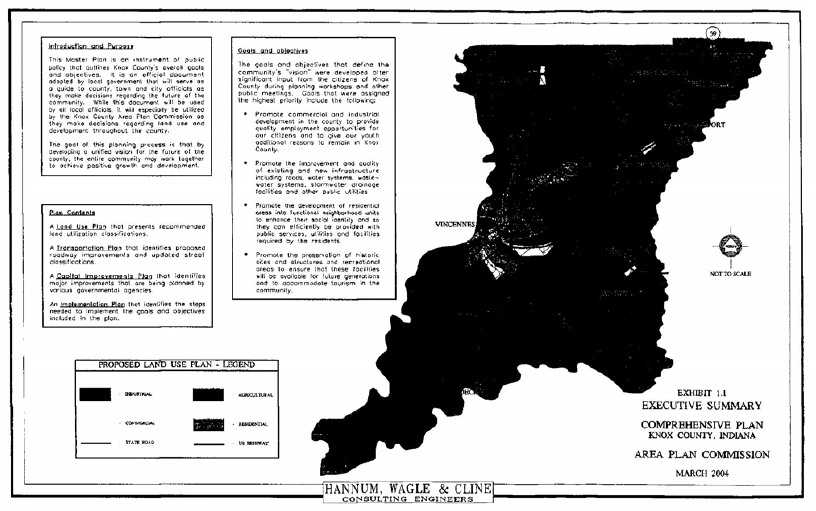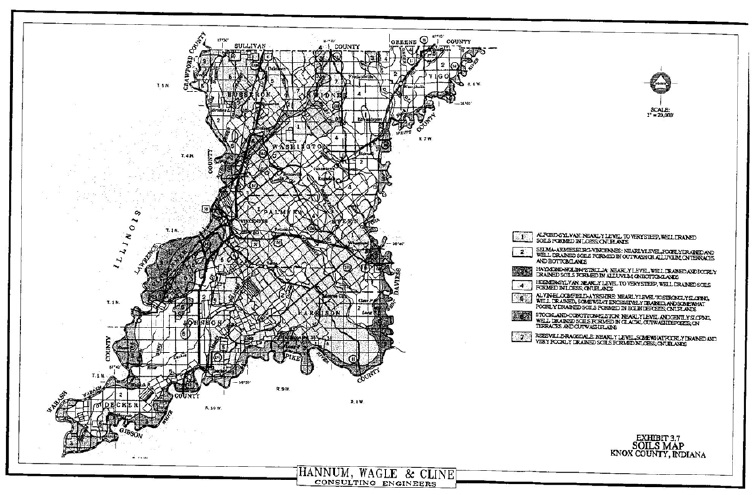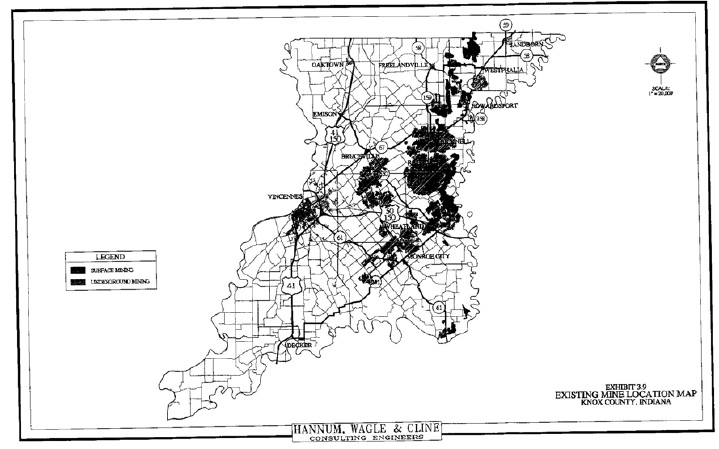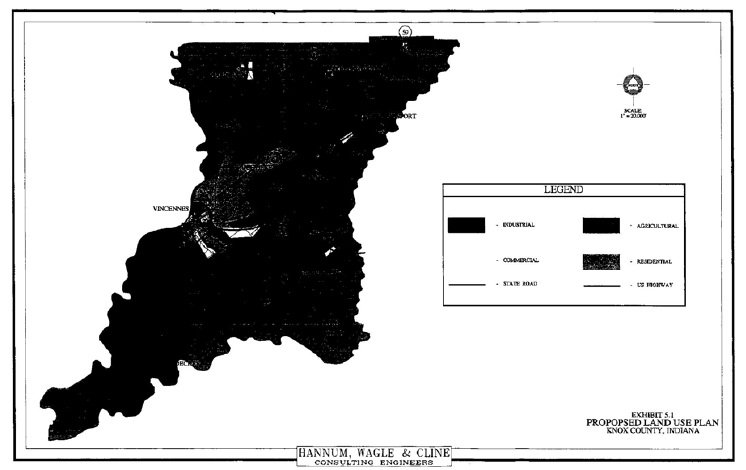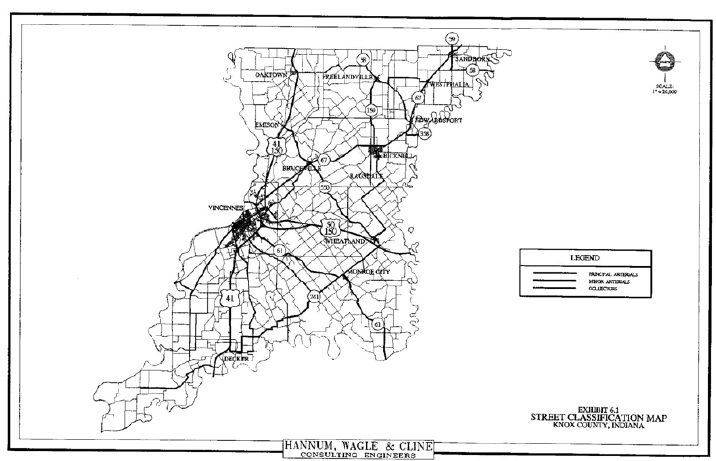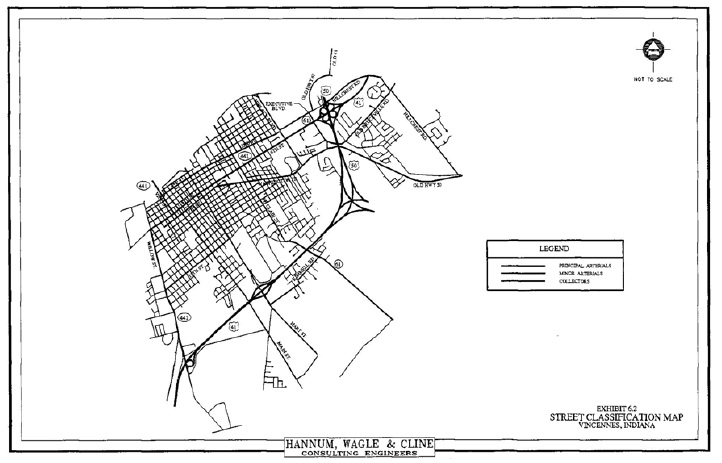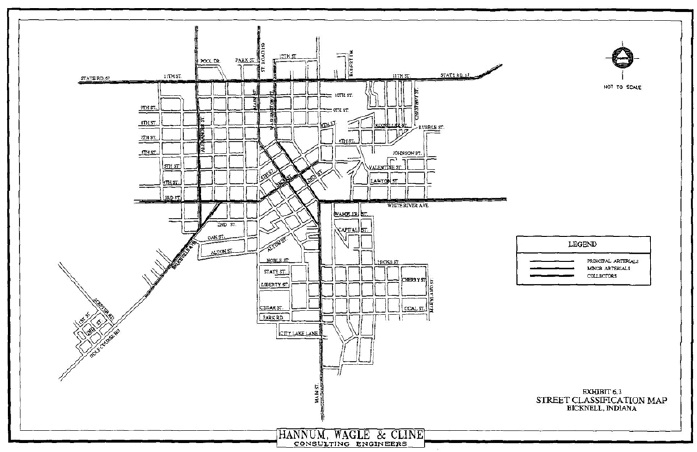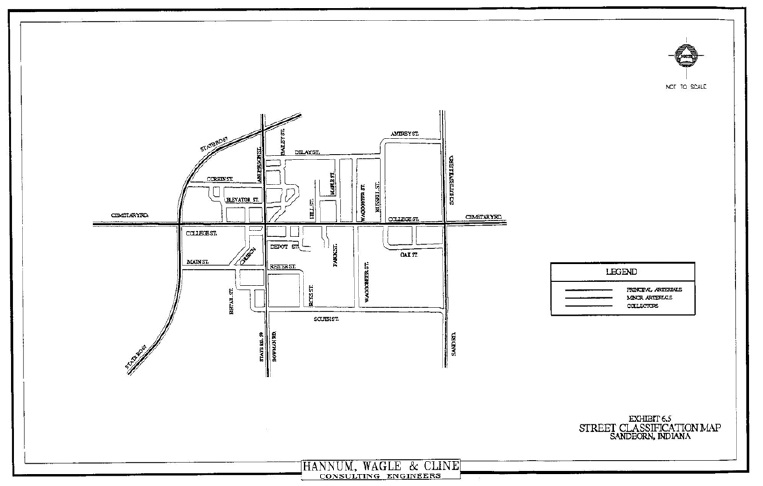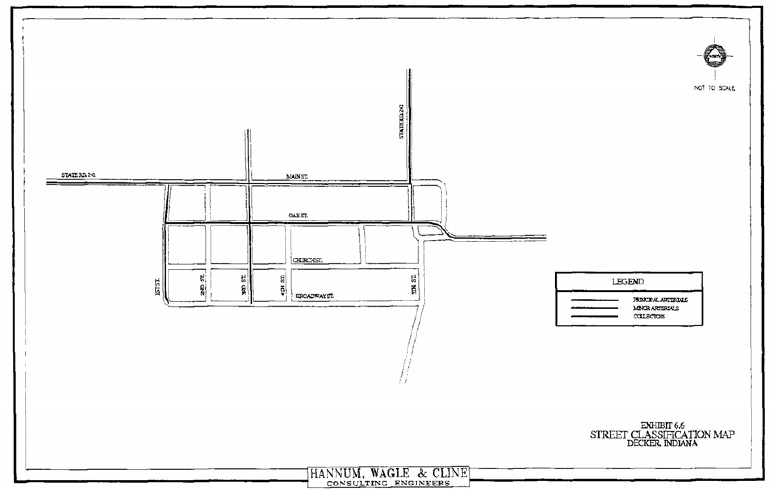(A) Introduction.
(1) The preparation of the comprehensive plan for the county is merely an initial step in achieving better conditions in which to live and work. With implementation of the comprehensive plan these better living conditions can be achieved.
(2) Even with the adoption of the comprehensive plan, including ordinances that are aimed at providing for implementation, much remains to be done. In order for planning to be effective it must be a continuous process. It is often the case that many communities spend substantial amounts of time and money to undertake the basic studies and produce a comprehensive plan, but fail to follow through to establish planning as a continuous community function. Often comprehensive plans sit on shelves and gather dust because local leaders conclude that planning has been completed in the community.
(3) The purpose of this report is to define the relationship between planning and policy making and to offer a number of suggestions as to where the county needs to head in the future.
(B) Implementation plan. Implementation will be done by describing planning as a function of local governments in terms of professional administration of the comprehensive plan, procedures for periodic review and updating of the planning studies, and functions of the Area Plan Commission.
(1) Area Plan Commission.
(a) The Area Plan Commission of the county has two main functions in relation to a continuing planning and regulation program, after adoption of the comprehensive plan and implementing ordinances. They will serve as a referral agency for all major improvements, which are included in the adopted comprehensive plan and they will serve as a coordinating agency in the formulation of the capital improvements mentioned earlier in this report.
(b) State law requires that before the comprehensive plans and Ordinances can be enforced, the Area Plan Commission must adopt them by resolution and recommend them to the Board of County Commissioners, or Common Council or Town Board, as may be applicable. After they have been officially adopted, all plats and re-plats must first have the approval of the Area Plan Commission.
(c) All changes in the use of land or in any structure must conform to the comprehensive plan and ordinances.
(2) Periodic review.
(a) A comprehensive plan is normally based upon a 20- to 25-year projection of needs and potential growth. It is unrealistic, however, to settle for these projections and assume that at the end of the 20-year period another planning program will be undertaken for the next 20 to 25 years. This would not only be unrealistic, but also may seriously overestimate or underestimate the existing situation in terms of population, economic and developmental needs. Therefore, measures that would provide for the periodic review of the comprehensive plan and ordinances should be outlined and initiated at the initial implementation of the plan itself.
(b) There are many variables in our society, which could have a tremendous impact on development. By periodically reviewing the planning documents it is intended that these variables be analyzed as to their affect on the comprehensive plan. These variables include such things as the affects of technological changes on the local economy, social changes as reflected by acceptable standards of development, population and economic trends. These variables are, of course, all interrelated.
(c) An extensive review of the comprehensive plan and ordinances should be undertaken approximately every five years following adoption of the original plan. Along with the revision of the comprehensive plan and ordinances, goals and objectives pertaining to future development should also be reviewed. It is suggested that the procedures used in the preparation of all previous master plans and master plan updates be used as a basis for the periodic review and updating of the plan. It is imperative that advice from professional planning technicians be used in this process to insure that new techniques and planning methods would be used.
(C) Report summary.
(1) Introduction. As stated previously, this comprehensive plan is intended as an instrument of public policy, reflecting the goals and objectives for the development of the county. It is an official document adopted by local government as a policy guide to future decisions about the development of its jurisdiction. This comprehensive plan is a composite of four separate plans: land use, transportation, capital improvements and implementation.
(2) Development considerations. The development considerations for the county briefly highlight some of the important demographics and statistics looking both toward the future and from the past. This section gives an in-depth look at the different land use, soils, floodplain, transportation and infrastructure considerations in the county. It also discusses county considerations by breaking them up into four distinct categories: residential, commercial, industrial and agricultural.
(3) Goals and objectives. The Area Plan Commission established goals and objectives by reviewing several lists and land use plans from workshops that were held throughout the county. From these goals and objectives the Area Plan Commission created a final land use plan that is presented in this comprehensive plan. The goals and objectives were then divided into distinct categories: commercial, industrial, residential, agricultural and general.
(4) Land use plan.
(a) Suburban development surrounds the City of Vincennes and extends well into the prime agricultural areas of the county. Many of the rural development subdivisions are scattered with pockets of undeveloped land. These scattered subdivisions are particularly vulnerable to the intrusion of mixed land use areas.
(b) Future development in the county will be affected by the rate of economic growth in the region and the effectiveness of policies and programs in the county to maintain its neighborhoods. As the county has been taking an aggressive leadership role in economic development, numerous land use changes are taking place. While some are concerned about effects of land use changes, there are others who oppose any land use controls.
(c) Most of the future development that is expected to occur will do so in and around the City of Vincennes. However, there is expected to be some residential growth occurring around Monroe City, Oaktown, Freelandville, Edwardsport, Sandborn, Bruceville and Westphalia. Industrial and commercial expansion is expected to occur in the outlying areas of Vincennes, Bicknell and Sandborn. Residential or commercial development is expected to occur on S.R. 61 and Hart Street Road outside of Vincennes.
(5) Transportation plan. Transportation facilities and services have been instrumental in the historical development of the county and continue to play an important role in the local economy. The highway systems are generally adequate in transportation of goods and people, though improvements are needed in county and local roads.
(6) Capital improvements plan. This section summarizes all the improvements to local and county infrastructure to accommodate future and current expansion. These improvements are broken into two categories: residential and transportation. Most of these improvements are drainage, sewer and recreation related.
(7) Implementation plan. This section has reviewed the measures available to the units of local government in implementing and regulating the comprehensive plan, after adoption. Regulatory measures, though less desirable, are also necessary in providing for orderly growth. This section also discusses the Area Plan Commissions role in regulating as well as the importance of periodically reviewing and updating the comprehensive plan and ordinances.
(Res. 2004-8, passed - -2004; Res. 5-2008, passed 12-15-2008)
